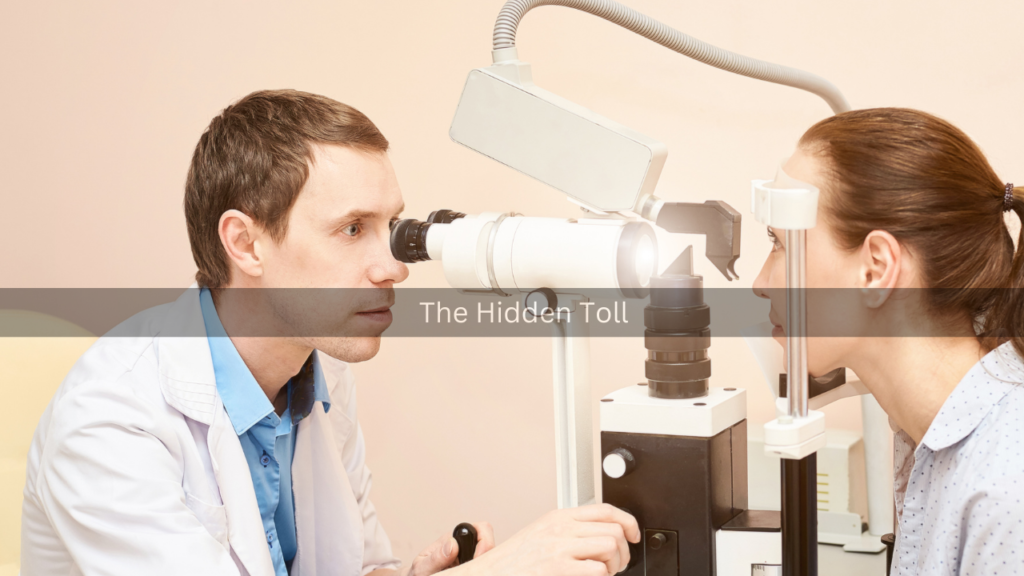
Substance abuse is often associated with a range of health issues, from cardiovascular diseases to liver damage. However, one area that doesn’t always receive the attention it deserves is eye health. The impact of drug and alcohol abuse on vision can be profound and multifaceted, often leading to serious long-term consequences.
1. Direct Toxic Effects
Many substances, including prescription medications, illicit drugs, and alcohol, can have direct toxic effects on the eyes. For instance, chronic use of alcohol can lead to a condition known as alcoholic optic neuropathy. This condition damages the optic nerve, which transmits visual information from the eye to the brain, leading to vision loss. Similarly, the use of certain drugs, such as methamphetamines, can cause acute damage to the eye’s blood vessels, resulting in retinal hemorrhages and potentially leading to permanent vision impairment.
2. Indirect Damage Through Systemic Effects
Substance abuse often has widespread effects on the body that indirectly impact eye health. For example, chronic drug use can lead to hypertension and diabetes, both of which are known risk factors for various eye conditions. Hypertension can cause retinopathy, a condition where high blood pressure damages the blood vessels in the retina, leading to potential vision loss. Diabetes can result in diabetic retinopathy, where high blood sugar levels damage the retina’s blood vessels, leading to blurred vision and even blindness if left untreated.
3. Nutritional Deficiencies
Substance abuse can significantly affect nutritional intake and metabolism. Many substances, including alcohol and certain drugs, can lead to poor absorption of essential nutrients. Vitamins such as A, C, and E are crucial for maintaining healthy eyes. Vitamin A, for instance, is essential for maintaining good vision and overall eye health. A deficiency in this vitamin can lead to night blindness and other visual disturbances. Long-term substance abuse can lead to deficiencies in these vital nutrients, exacerbating the risk of eye problems.
4. Increased Risk of Eye Infections and Injuries
Substance abuse can also increase the risk of eye infections and injuries. For example, alcohol impairs judgment and coordination, leading to a higher likelihood of accidents that can cause eye injuries. Additionally, drug abuse can compromise the immune system, making individuals more susceptible to infections, including those affecting the eyes. Conditions such as conjunctivitis (pink eye) and uveitis (inflammation of the uveal tract) can become more prevalent in individuals with compromised immune systems.
5. Behavioral Impacts
The lifestyle choices associated with substance abuse can also negatively affect eye health. For instance, individuals who abuse drugs or alcohol may neglect regular eye examinations and fail to seek timely medical treatment for eye problems. This neglect can lead to the progression of minor issues into severe conditions. Additionally, some substances can cause blurred vision and visual disturbances, which can lead to dangerous situations and further eye injuries.
Conclusion
The impact of substance abuse on eye health is a significant concern that is often overlooked. From direct toxic effects and systemic health complications to nutritional deficiencies and increased risk of infections, the toll on vision can be severe. Awareness and education about these risks are crucial for preventing and managing eye health issues related to substance abuse. For individuals struggling with substance abuse, seeking help and addressing these health concerns with medical professionals can make a critical difference in preserving both vision and overall well-being.